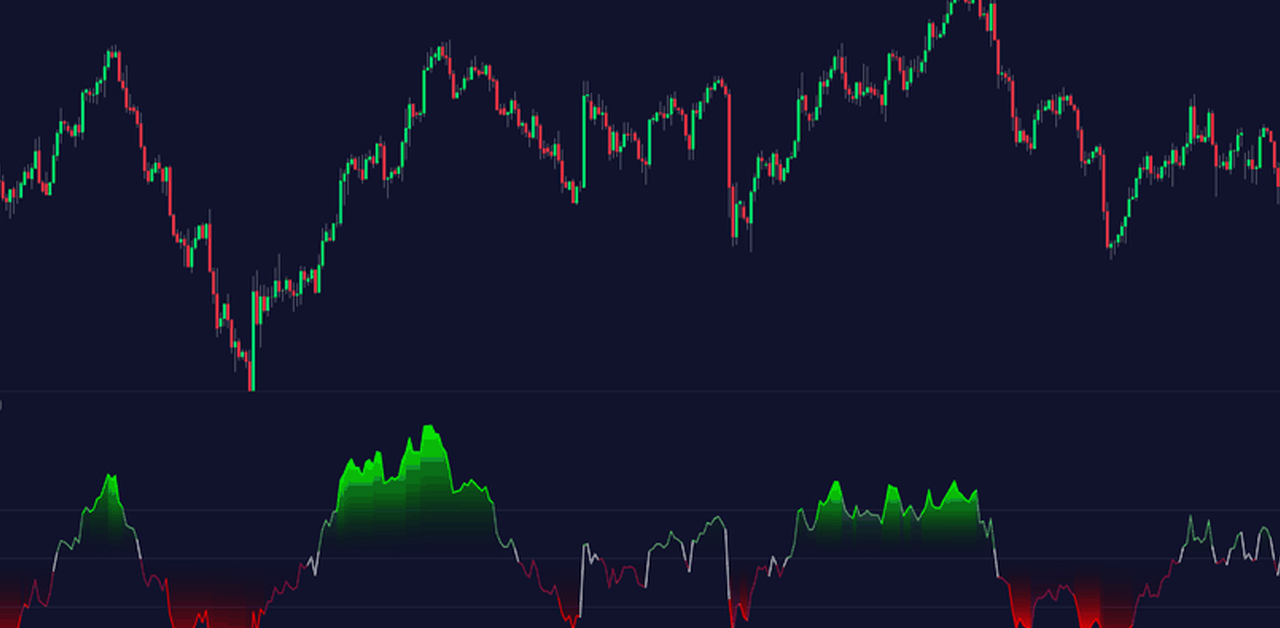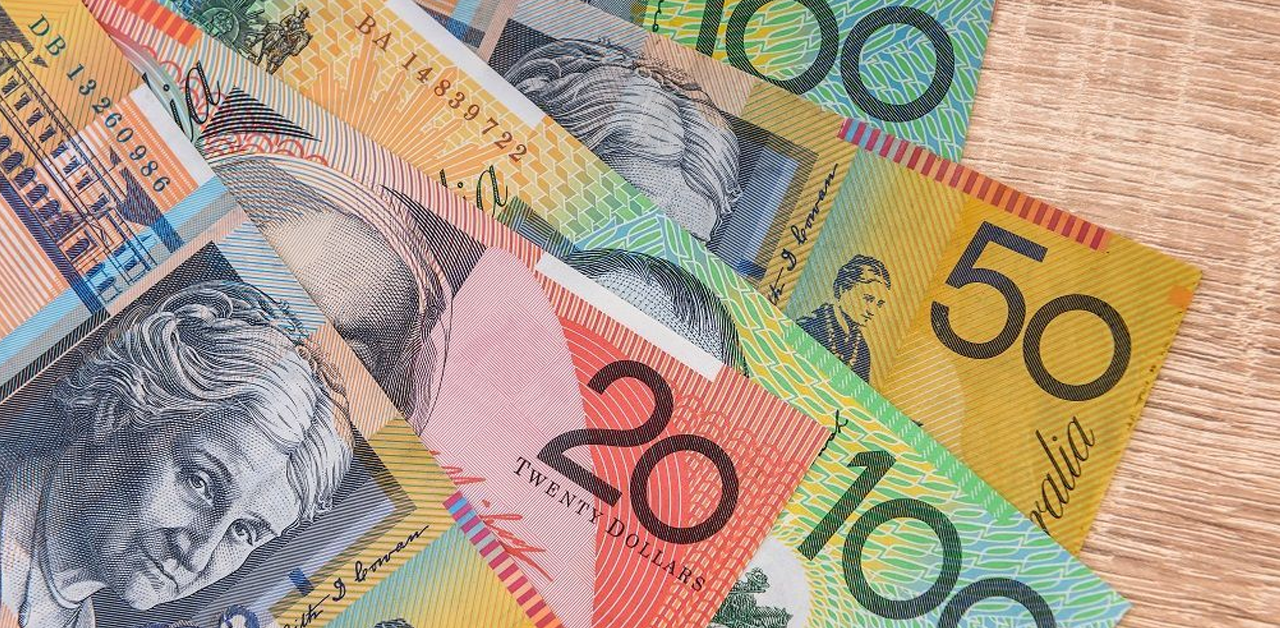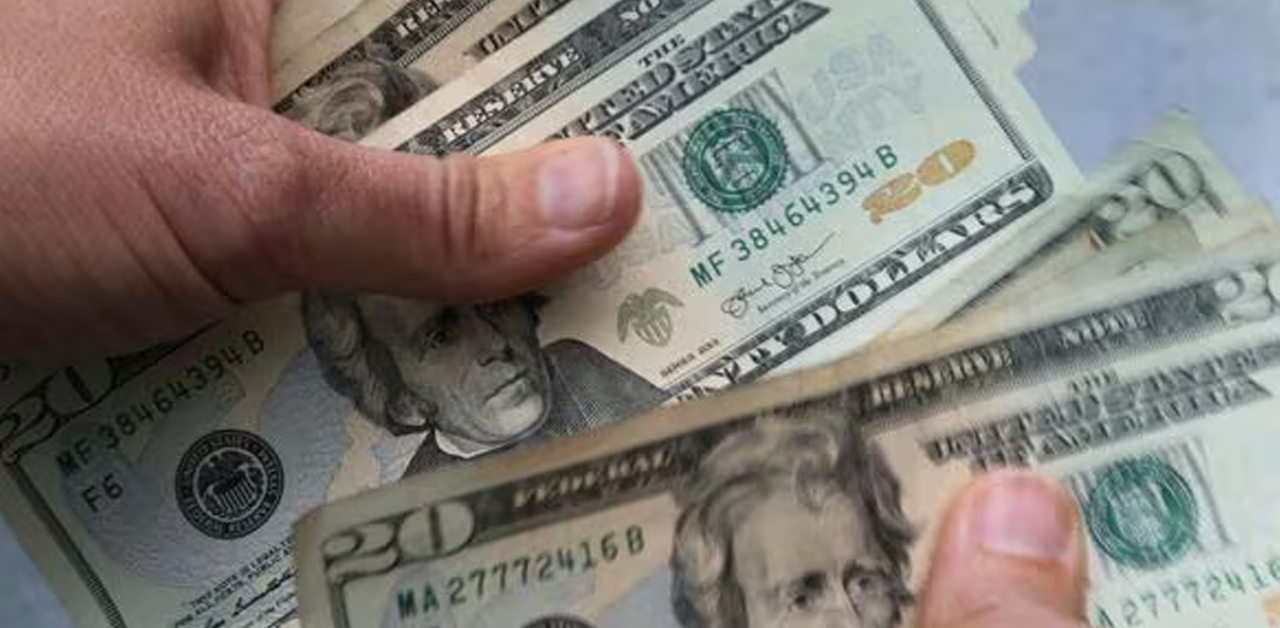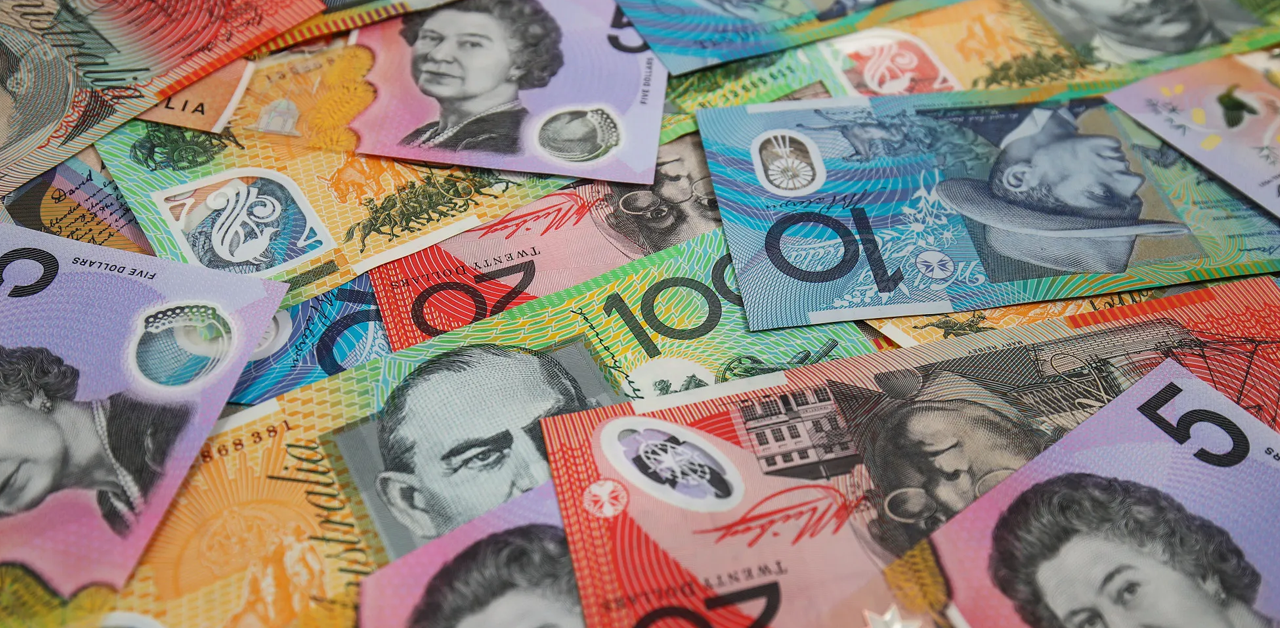Australian Dollar Rises Amid Hopes for Chinese Stimulus After Weak Data
The Australian Dollar (AUD) has demonstrated resilience, rebounding from its recent slump even as Australia’s economic figures showed a downturn. The AUD/USD pair, after peaking near a four-month high at 0.6676, has seen a slight pullback. This movement comes amid a broad recovery of the US Dollar (USD), which has been gaining ground against several currencies.
The latest data on Australia’s Private Capital Expenditure revealed a 0.6% drop in the third quarter, defying expectations of a 1.0% increase and marking a sharp contrast to the 2.8% growth seen previously. These statistics, issued by the Australian Bureau of Statistics, suggest a weakening in investment sentiment and could imply less inflationary pressure ahead, potentially influencing the Reserve Bank of Australia’s (RBA) decisions on interest rates.
In China, the manufacturing sector’s sluggishness was highlighted by the November NBS Manufacturing PMI, which fell slightly to 49.4 from 49.5, against forecasts of a rise to 49.7. Similarly, the Non-Manufacturing PMI dipped to 50.02, not meeting the anticipated 51.1 mark. These lower-than-expected figures raise the prospect of additional economic stimulus measures, a sentiment that appears to be providing some support to the AUD, as China is a significant trade partner for Australia.
The US Dollar Index (DXY), after experiencing a consecutive four-day decline, found some stability on Wednesday. The plateau was helped by a surprising uptick in the US GDP Annualized rate, which the US Bureau of Economic Analysis reported had increased more than expected, reflecting a healthy expansion of the economy in the third quarter. Nonetheless, the DXY has struggled to maintain its footing, with investors looking ahead to upcoming significant US economic reports.
Key among the anticipated releases from the US are the weekly Jobless Claims, which are projected to rise to 220,000 from the prior figure of 209,000. Additionally, the Core Personal Consumption Expenditure (PCE) Price Index for October is on the docket, with analysts forecasting a deceleration in inflationary pressures, with the year-over-year rate possibly dropping from 3.7% to 3.5%. These figures are especially scrutinized as they can offer guidance on the Federal Reserve’s future monetary policy decisions, given that the PCE is the Fed’s preferred inflation gauge.
All these economic indicators from the US, China, and Australia are playing a critical role in shaping the dynamics of the AUD/USD pair, as traders and investors assess the potential impact of economic health and policy decisions on currency valuations.











